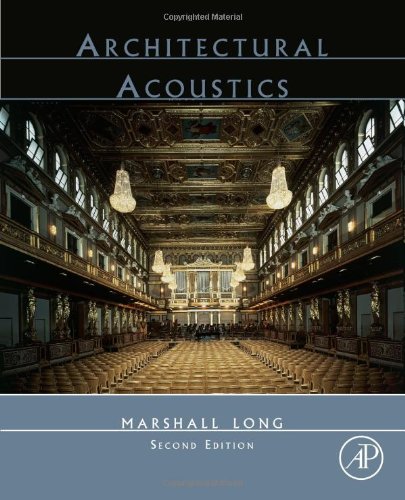

Most ebook files are in PDF format, so you can easily read them using various software such as Foxit Reader or directly on the Google Chrome browser.
Some ebook files are released by publishers in other formats such as .awz, .mobi, .epub, .fb2, etc. You may need to install specific software to read these formats on mobile/PC, such as Calibre.
Please read the tutorial at this link: https://ebookbell.com/faq
We offer FREE conversion to the popular formats you request; however, this may take some time. Therefore, right after payment, please email us, and we will try to provide the service as quickly as possible.
For some exceptional file formats or broken links (if any), please refrain from opening any disputes. Instead, email us first, and we will try to assist within a maximum of 6 hours.
EbookBell Team

0.0
0 reviewsArchitectural Acoustics, Second Edition presents a thorough technical overview of the discipline, from basic concepts to specific design advice. Beginning with a brief history, it reviews the fundamentals of acoustics, human perception and reaction to sound, acoustic noise measurements, noise metrics, and environmental noise characterization. In-depth treatment is given to the theoretical principles and practical applications of wave acoustics, sound transmission, vibration and vibration isolation, and noise transmission in floors and mechanical systems.
Chapters on specific design problems demonstrate how to apply the theory, including treatment of multifamily dwellings, office buildings, rooms for speech, rooms for music, multipurpose rooms, auditoriums, sanctuaries, studios, listening rooms, and the design of sound reinforcement systems. Detailed figures illustrate the practical applications of acoustic principles, showing how to implement design ideas in actual structures.
This compendium of theoretical and practical design information brings the relevant concepts, equations, techniques, and specific design problems together in one place, including both fundamentals and more advanced material. Practicing engineers will find it an invaluable reference for their daily work, while advanced students will appreciate its rigorous treatment of the basic building blocks of acoustical theory.